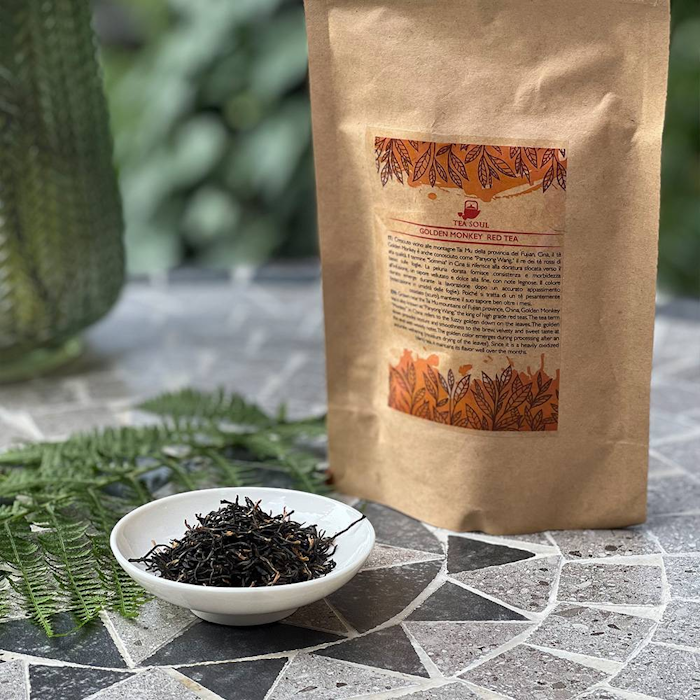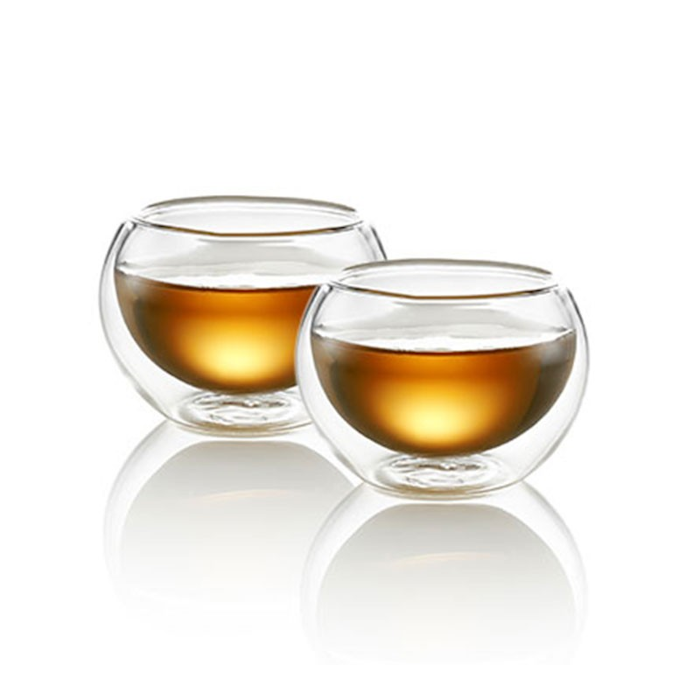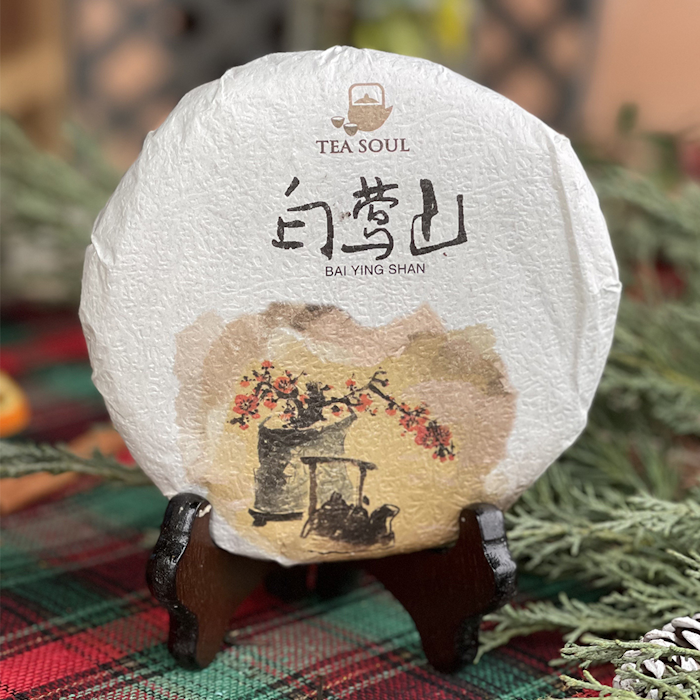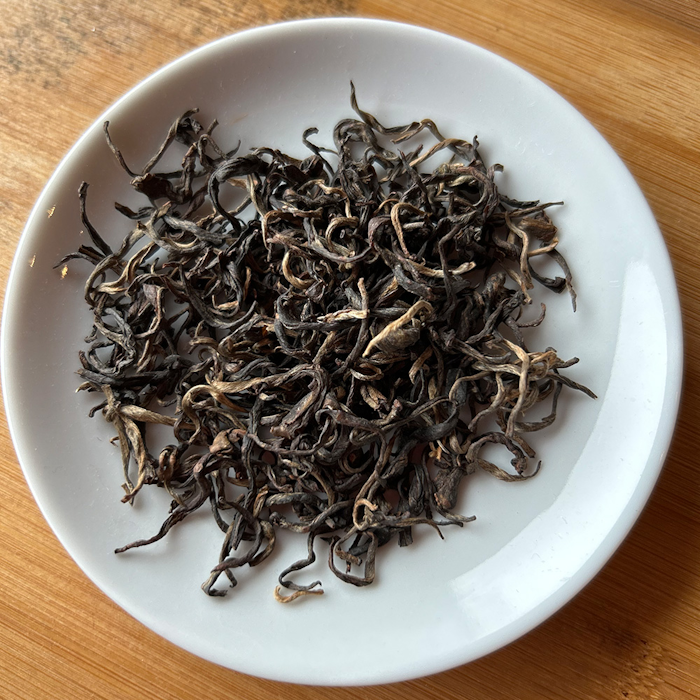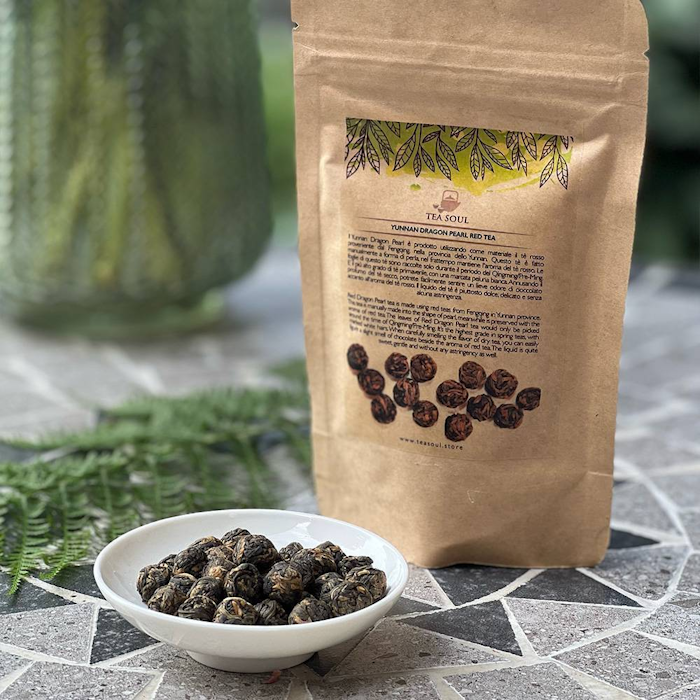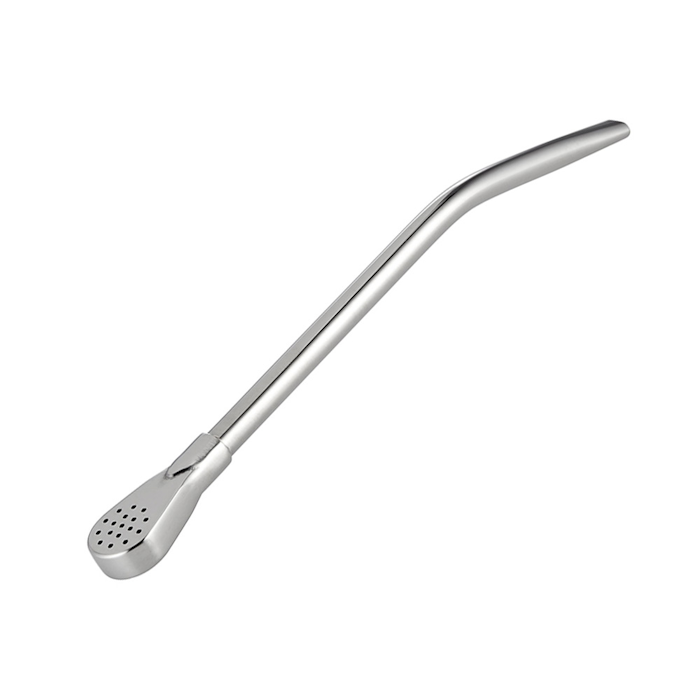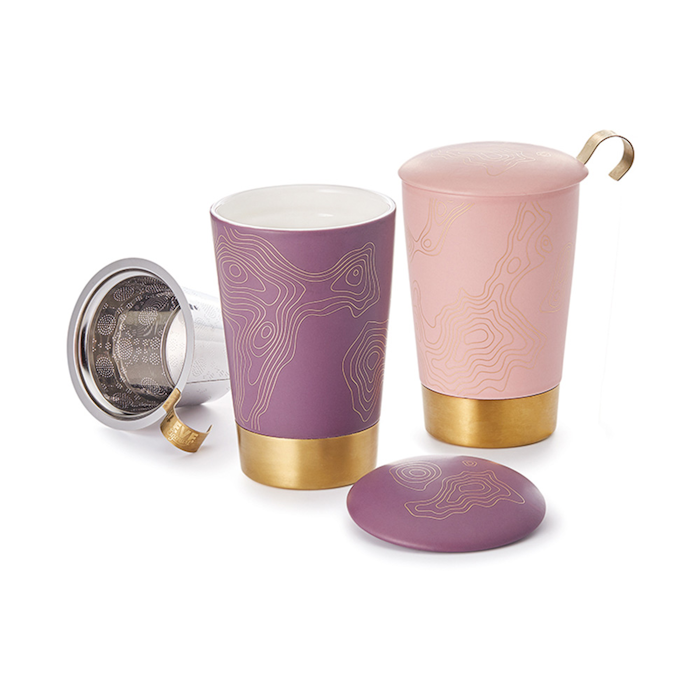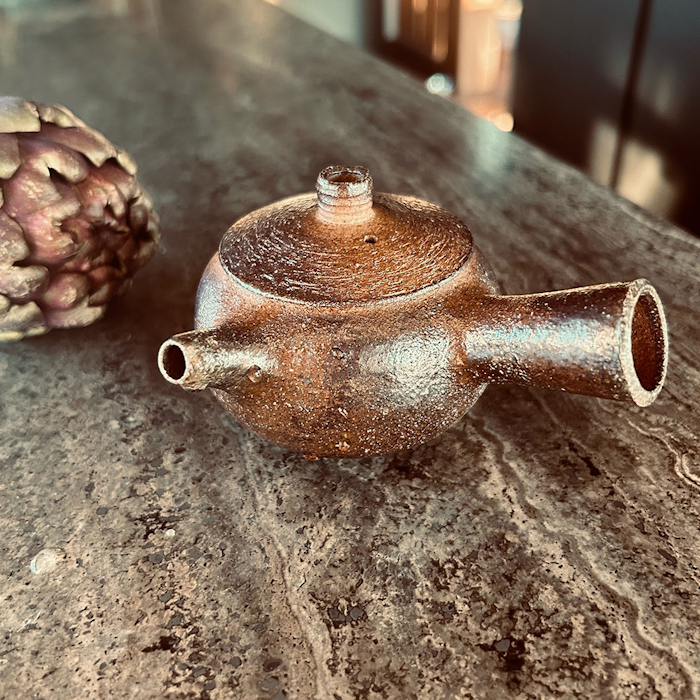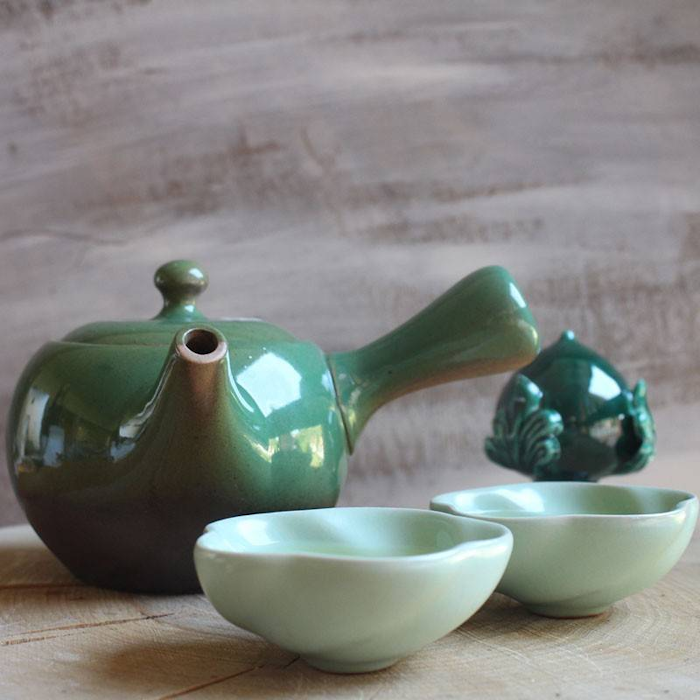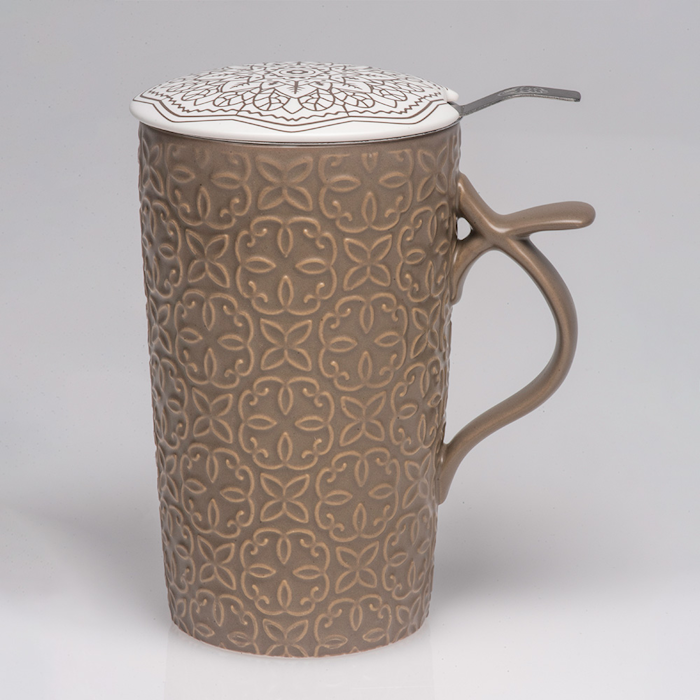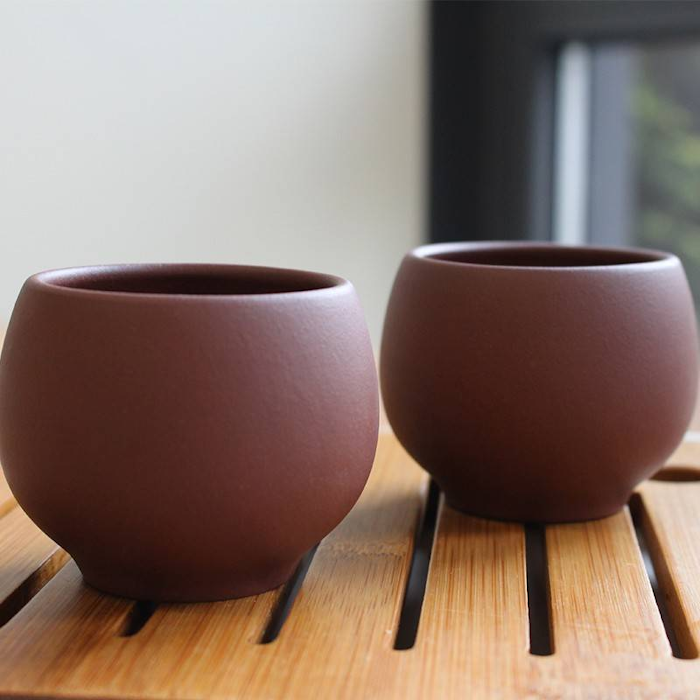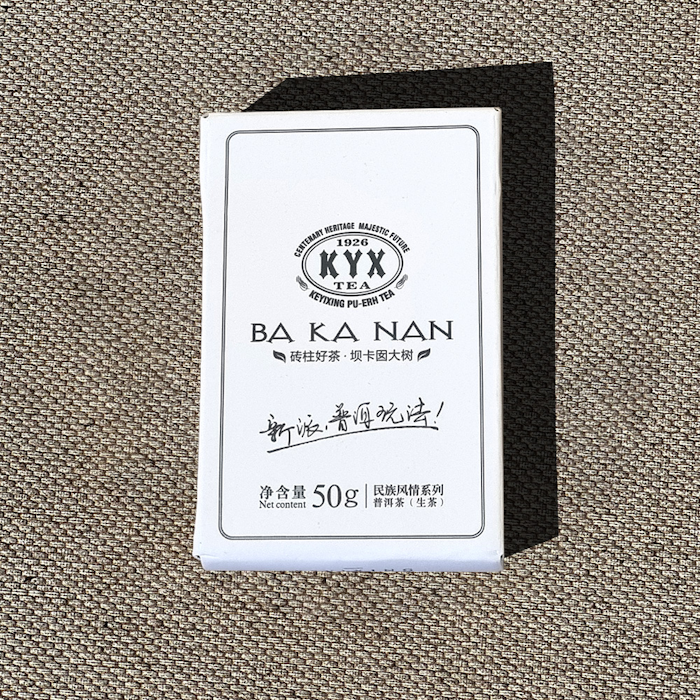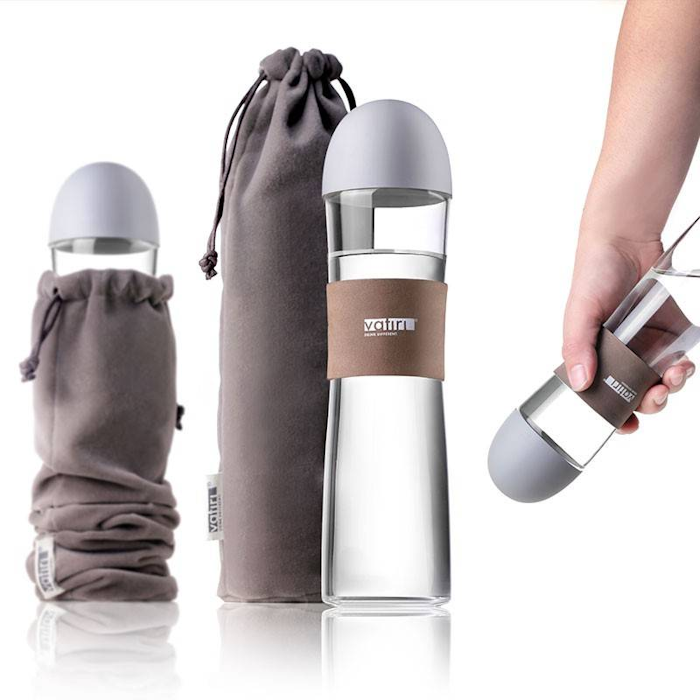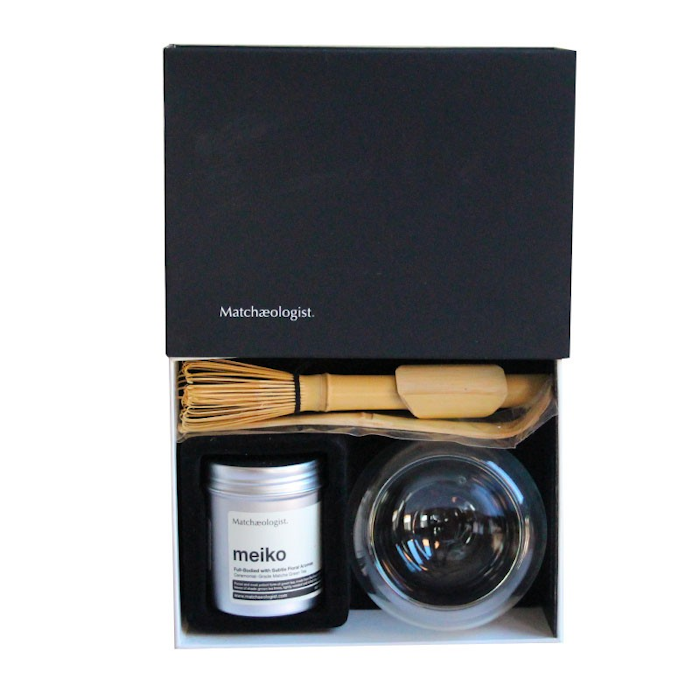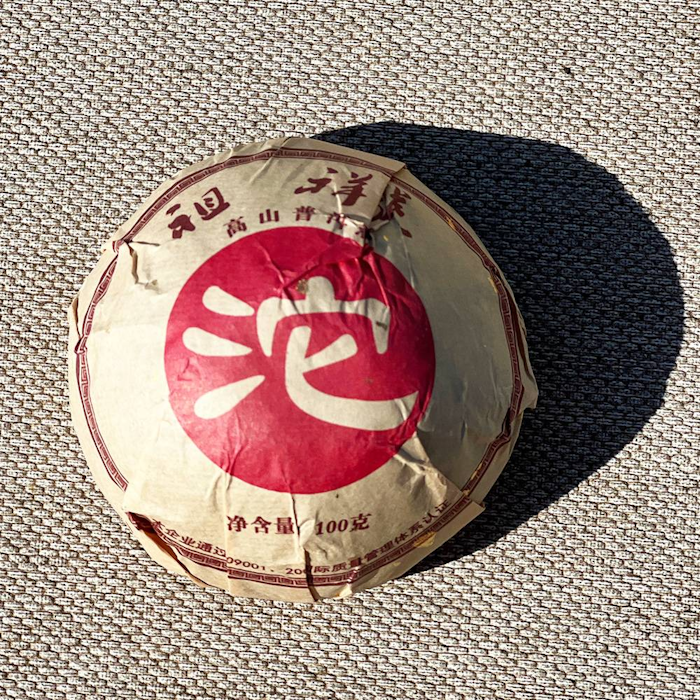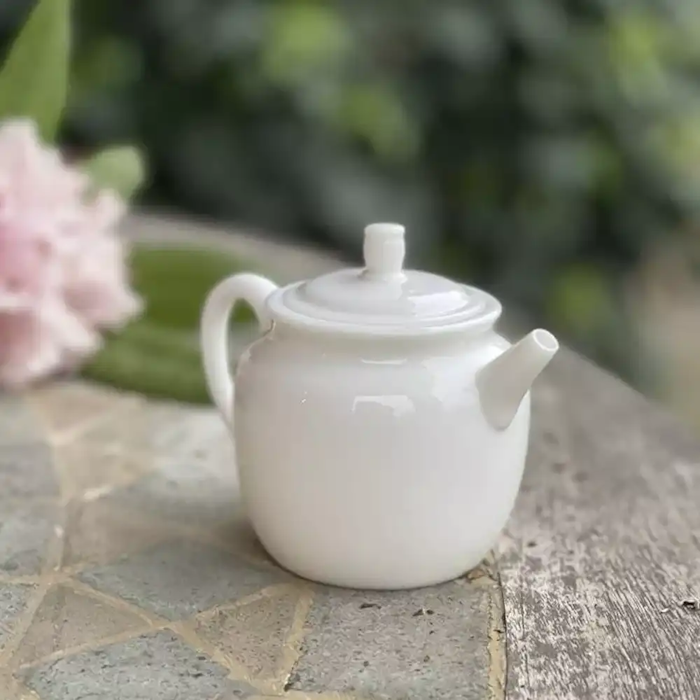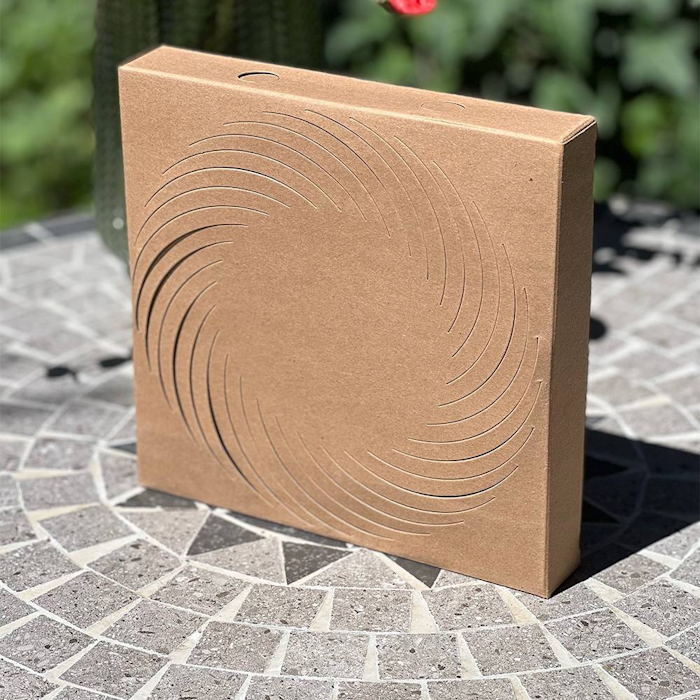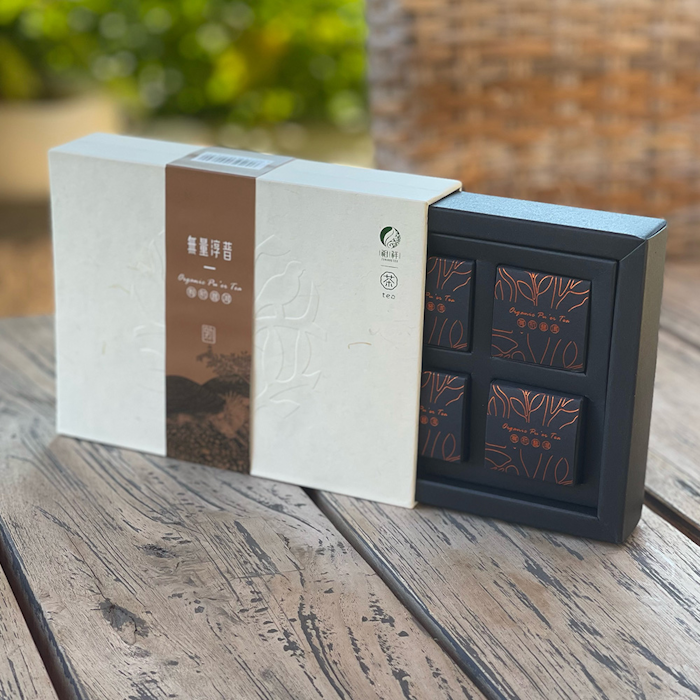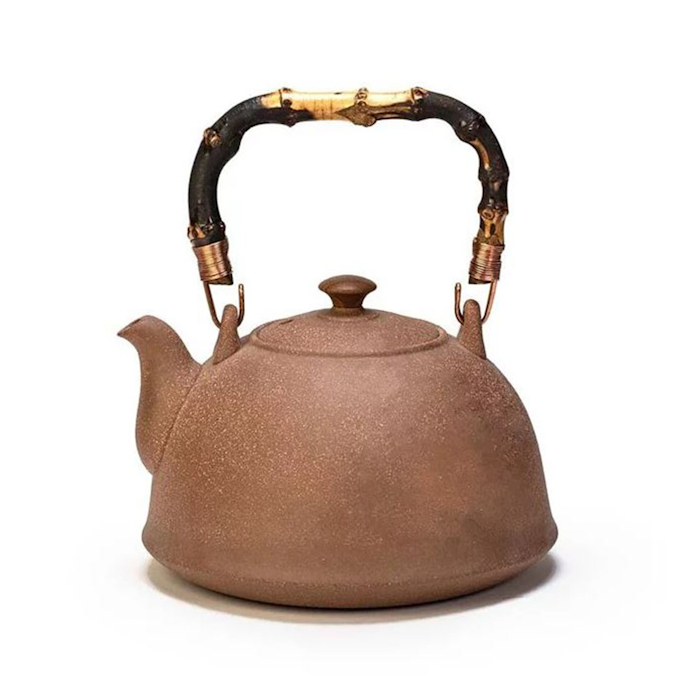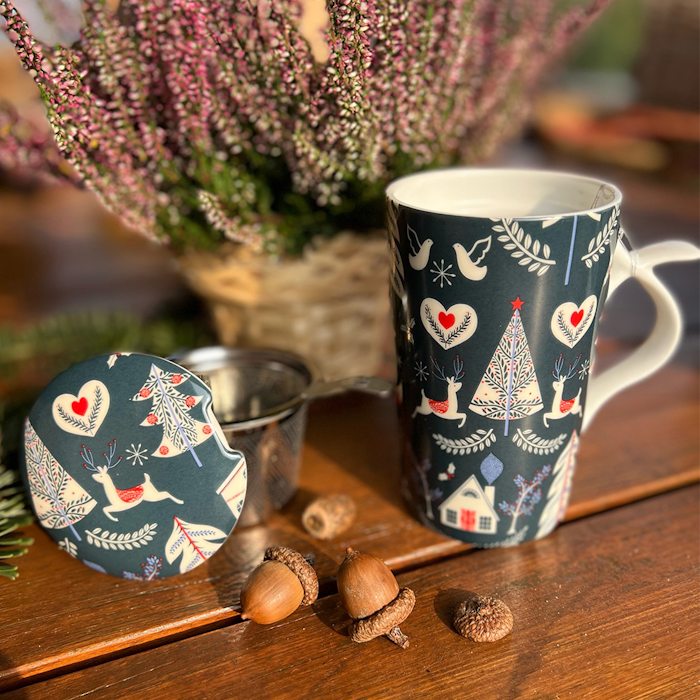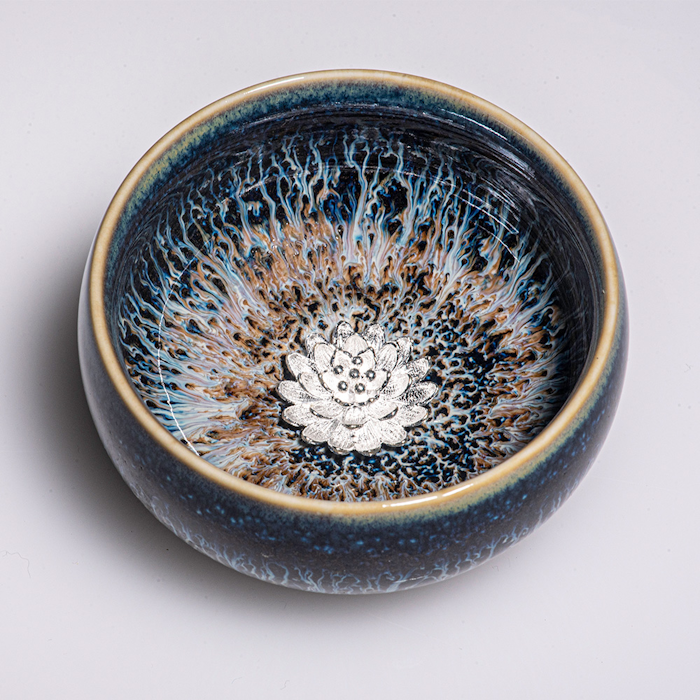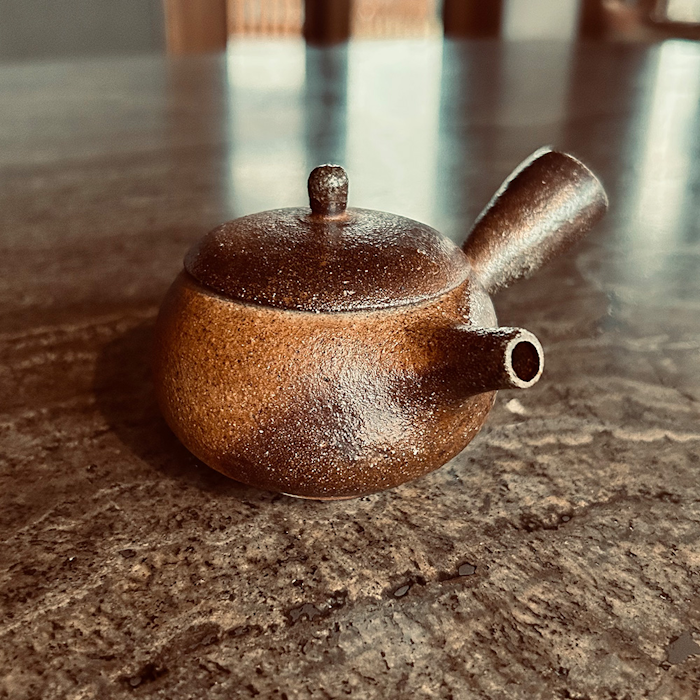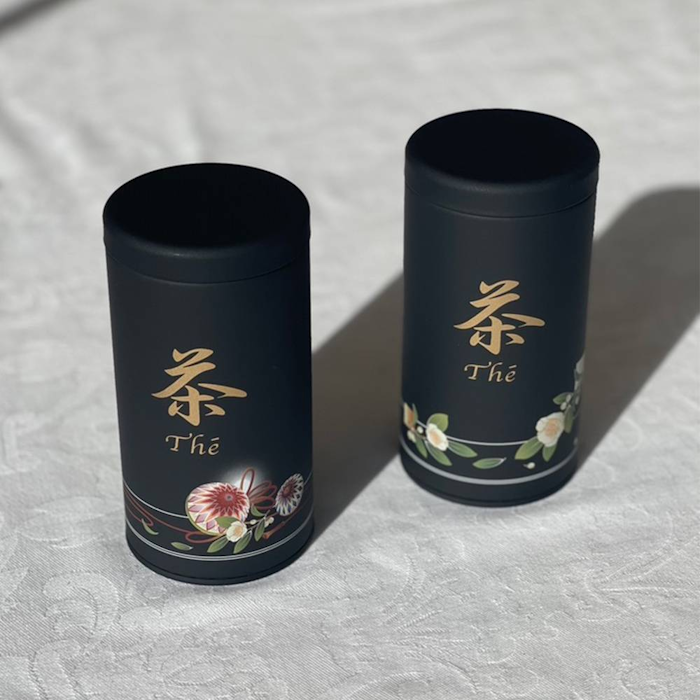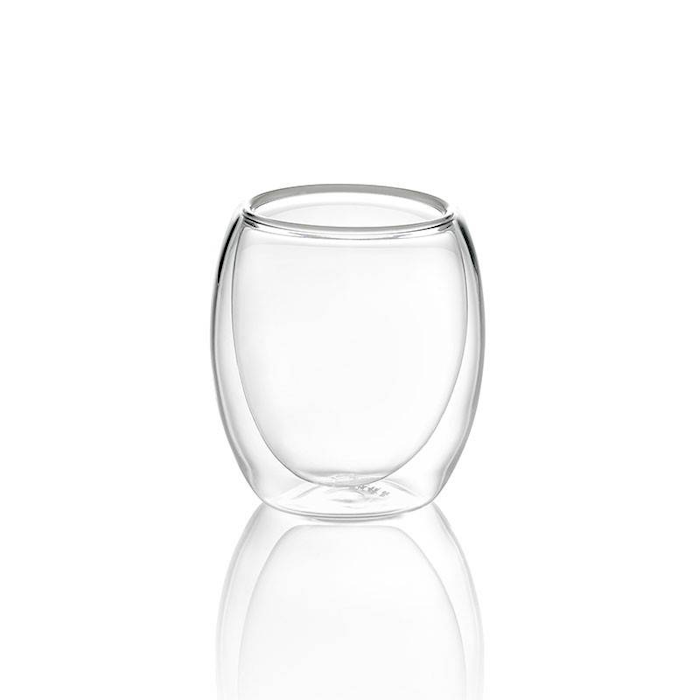The leaves of Mang Fei 2017 Puer Sheng (Raw) Tea come from the Mang Fei area located in the Yunnan region of southern China. To better understand this product, it is necessary to delve into the area of origin of its leaves since, in most cases, it is the place of origin itself that gives the tea its name and main organoleptic qualities.
This puer, specifically, is composed mainly of the harvest made in the mountainous area around Mang Fei village in the most central-eastern part of Yunnan. The leaves in question were then carefully selected and pressed in spring 2017 by the Menglun Jingyu factory located in Mengla County. The indication on the factory where the leaves arrive is useful to emphasize that there is a certain style or type of research behind this puer studied by a special group of tea masters to enhance the territorial characteristics of the product.
Regarding the flavors of this Mang Fei there is also to keep in mind that it already has three years of aging behind it. In the infusion of will be able to feel the effects of time because of the changing vegetable taste now somewhat similar to that of a celery but, above all, a refreshing effect on the palate will be very evident. This aspect will be particularly reminiscent of the sensation that sage leaves or fennel seeds can give. Finally, in addition to the preponderant almost balsamic freshness, there will be a slight sweet aftertaste with a fruity and nectarine connotation.
Location of origin
Mang Fei - Yunnan, China
Production
After harvesting, the leaves are left to wither in the sun for a certain amount of time depending on the producer before going through the "green killing" stage, which is purely similar to that used to produce green teas. The special feature, in this case, lies in not heating the leaves as much as is done for a green tea so that certain enzymes capable of changing flavors over time are preserved. Once cooked, the leaves are allowed to rest overnight before concluding the drying process in the sun. At this stage the product is called maocha and is ready to be (eventually) pressed in order to obtain the best conditions for transport and aging. To press the leaves they are passed through for a few seconds by a strong jet of steam so that they are made soft on the outside and are then gathered into a sock or sack that will give the product its usually discoidal shape. To ensure that this structure remains fixed over time, the sack is left for hours under a stone or mechanical press while the leaves lose that residual moisture taken up by the steam in the previous stage.
Preparation
We strongly recommend infusing this tea in the traditional Chinese method (Gong Fu Cha) with a gaiwan with a capacity of about 150 ml. By following this preparation, multiple infusions can be made with 5 grams of leaves that are useful to best capture all the flavor nuances of the tea.
Heat the water to a temperature of 90°C: proceed to briefly rinse the leaves and then to an initial 15-second infusion. Keeping the water at the same temperature, you can then continue to exploit the same leaves by adding more water and increasing the infusion time by 5 seconds each time (15 - 20 - 25...).
This tea has a longevity of 8 infusions.
For a more classic preparation according to the Western style we recommend 3 grams of leaves in a 200 ml cup with water at 90°C for an infusion time of 2 1/2 minutes.
For a better tasting experience we suggest that you strain the tea as soon as the infusion time is over. The infusion times we suggest can be slightly modified to your liking to achieve a more or less intense taste.
We recommend storing in a cool, dry place away from direct sunlight.












